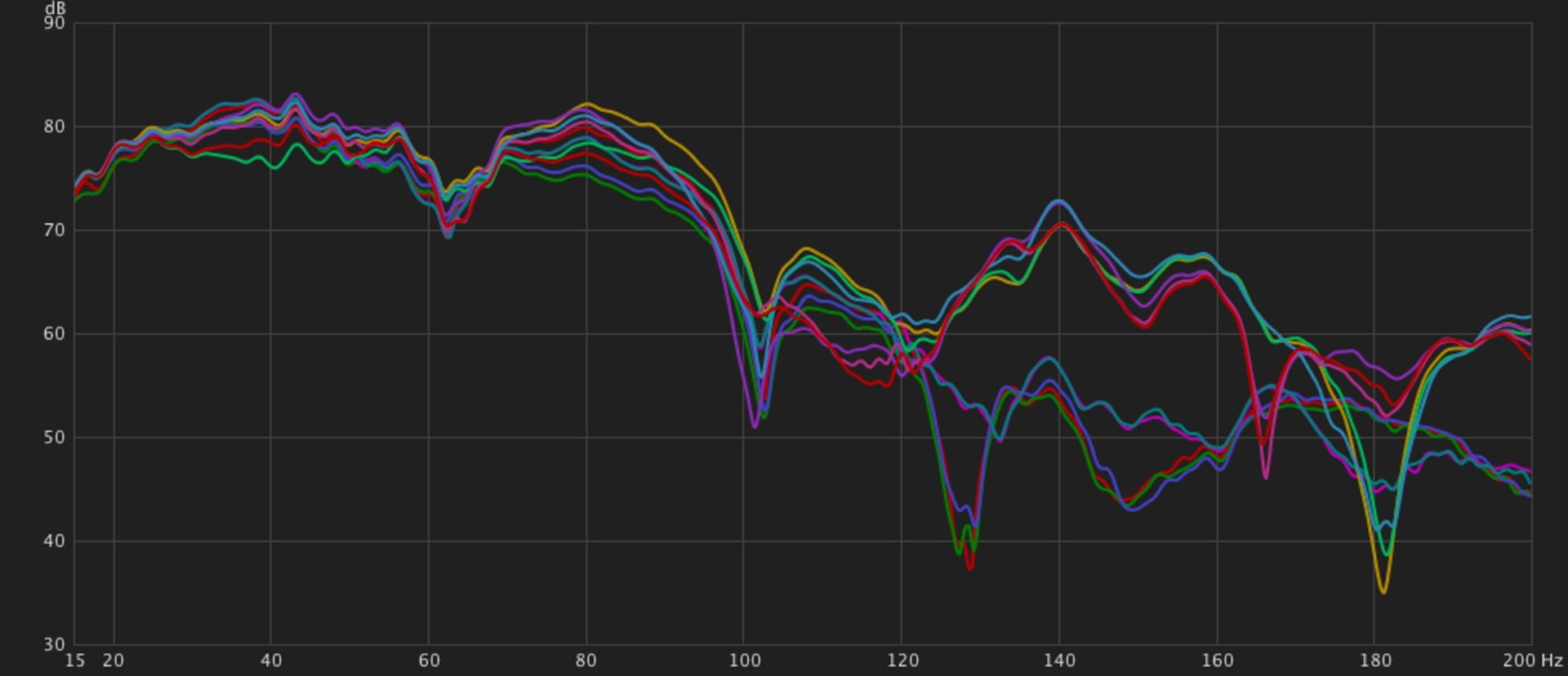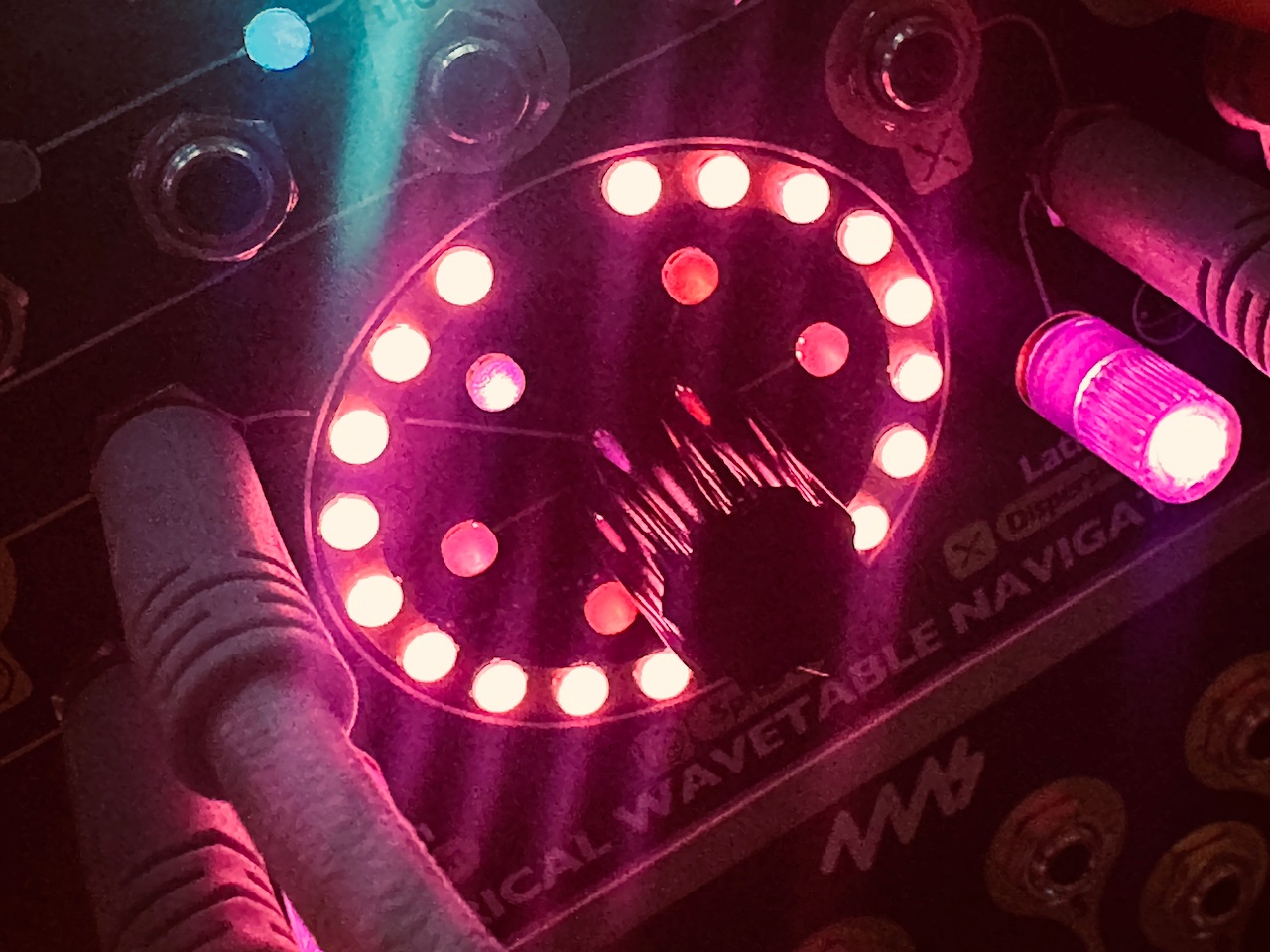I wanted to do something very different today. Throughout Jamuary I’ve done drones, rhythmic pieces that one might even dance to, as well as many other styles. I even have a classic Rings > Beads patch. It had been a long while since I played my 4ms case. I can recall the last patch I used it. It was a pretty cool patch featuring the Ensemble Oscillator (though not one I uploaded to peaks and nulls), and before that was a patch last February. I hadn’t touched it at all during this Jamuary; it was one of the two cases I hadn’t touched at all (the other was my Instruo case), and I wanted to hear those sweet, sweet wavetables again.
I had initially set out to duplicate my 4ms Wonderland patch. I really enjoyed that patch and wanted to see if I could do it again. The answer is probably, at least a close enough version of it, but I ran into the same problem I had when making it the first time. The output levels of the Spectral Multiband Resonator pings are so low as to need significant boosting. In order to get them in an audible range for humans, I needed to boost them by 20dB, then run them to another VCA to boost them yet more. All this boosting added significant noise. I’m sure it’s something I will lean into in the future (who doesn’t like a bit of noise?), but I wasn’t in the mood to deal with it for tonight. So I decided to use the Spherical Wavetable Navigator to trigger itself in LFO > VCA mode rather than drone in the background. I started it with no transposition or Spread, then slowly introduced modulation to both, along with the modulation present in the Browse, Latitude, WT Spread, and Depth parameters of the wavetables, constantly changing the timbre and voicing. This made the SWN go up and down minor scales, and have different arpeggio patterns.
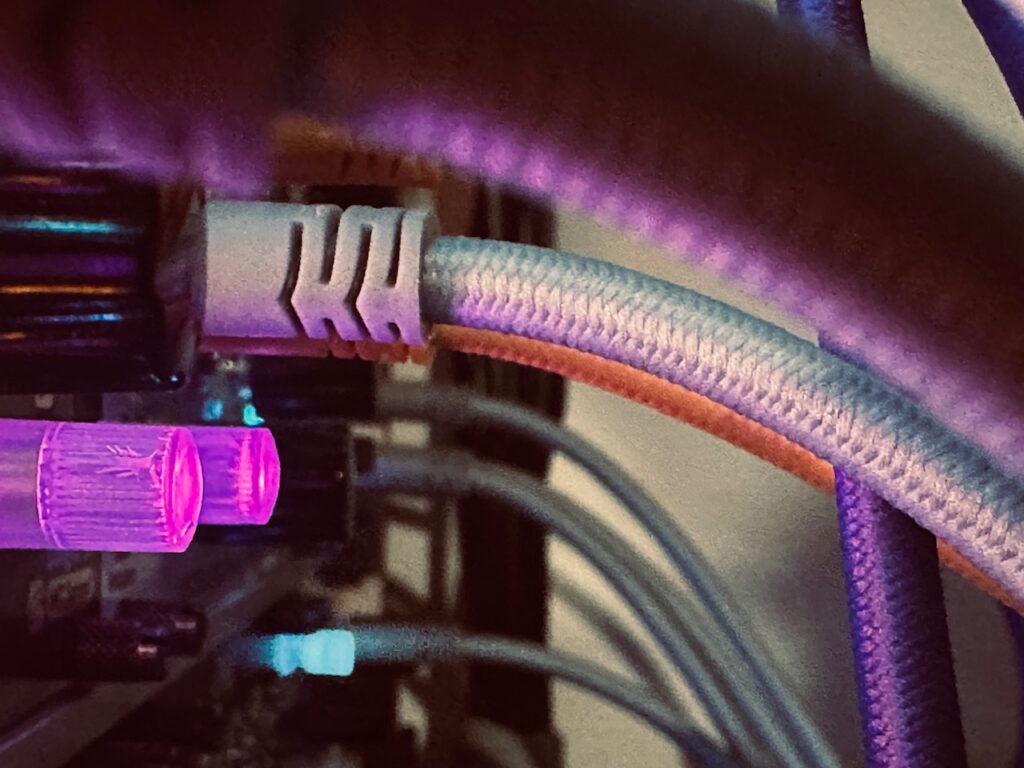
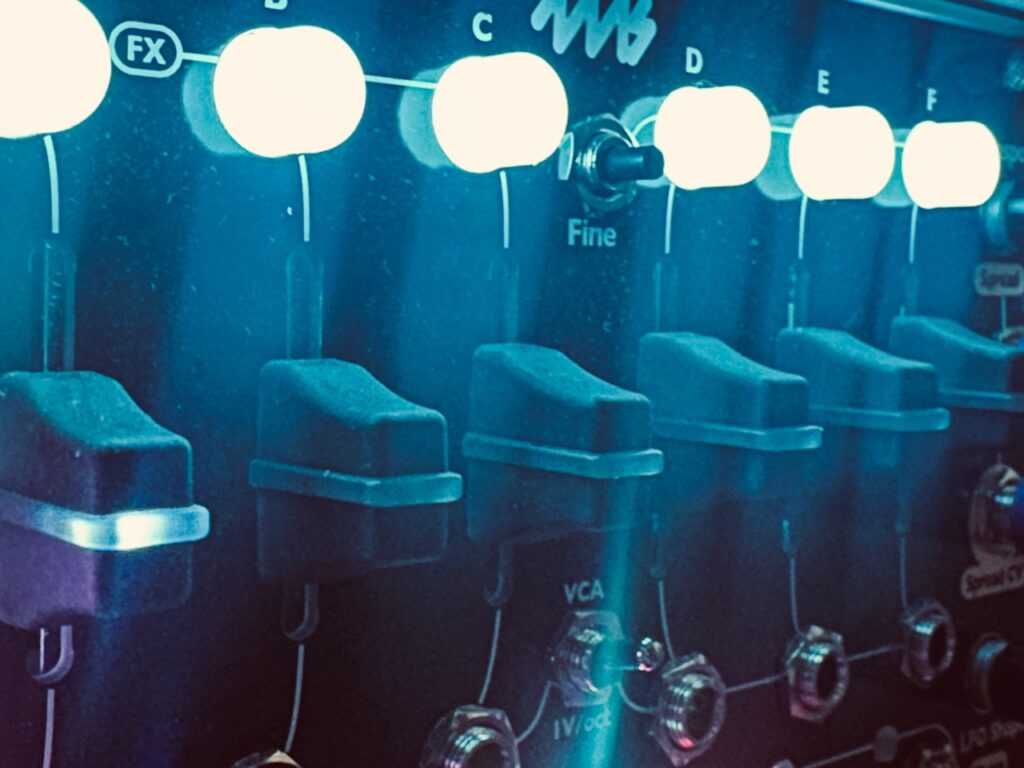
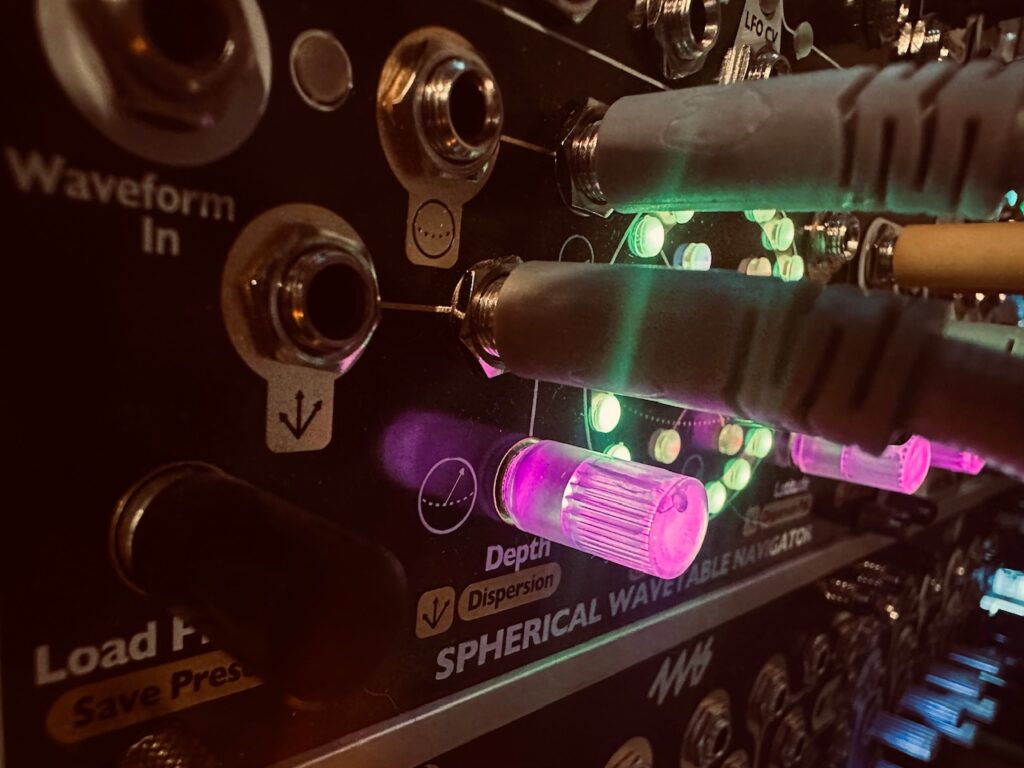
The SWN was sent to the 4ms Dual Looping Delay, another first-use module this Jamuary. What a cool delay that I’ll definitely need to explore. In the process, I used the Industrial Music Electronics Malgorithm Mk2 in the feedback loop, often times a little too eagerly. I manually rode the input level to the Malgorithm. There was a sweet spot where I could get good crunch without starting to runaway with feedback. This crunched up some already fairly crunchy wavetables in a really nice way. The mix was sent to the output mixer for some reverb.
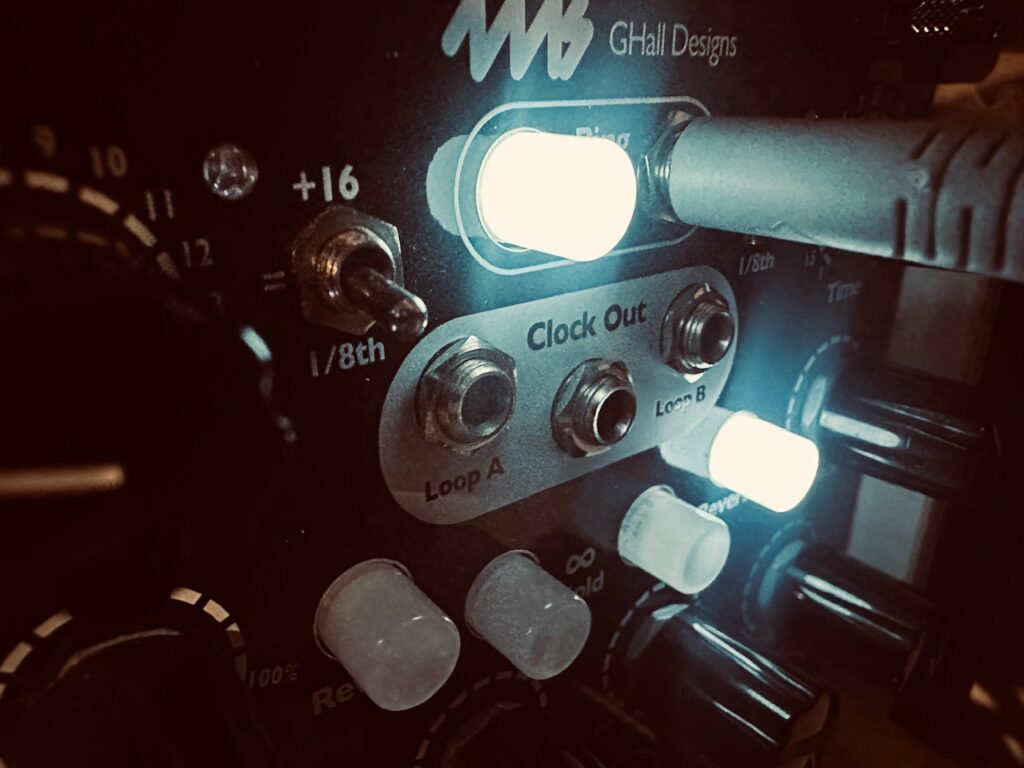
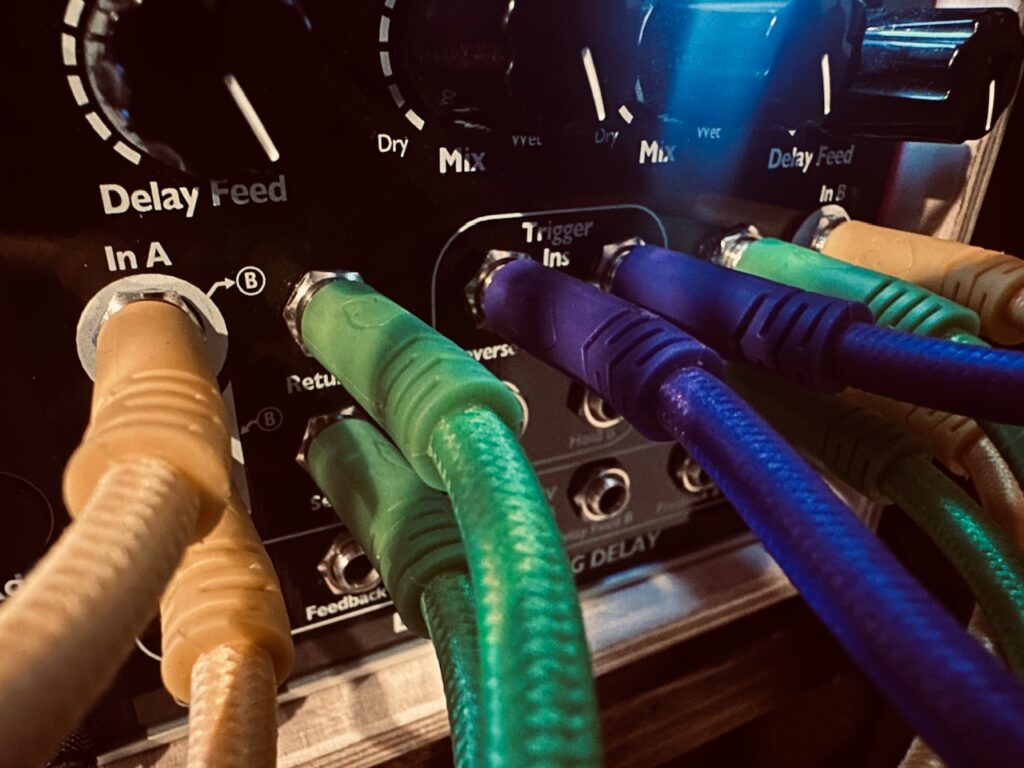
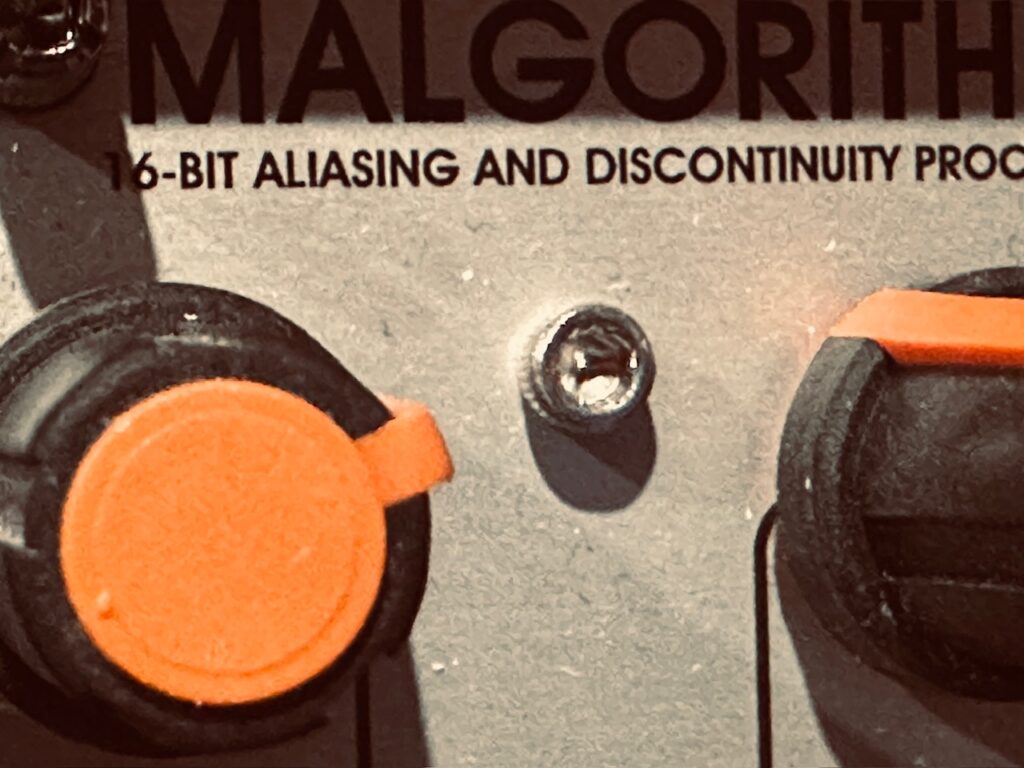
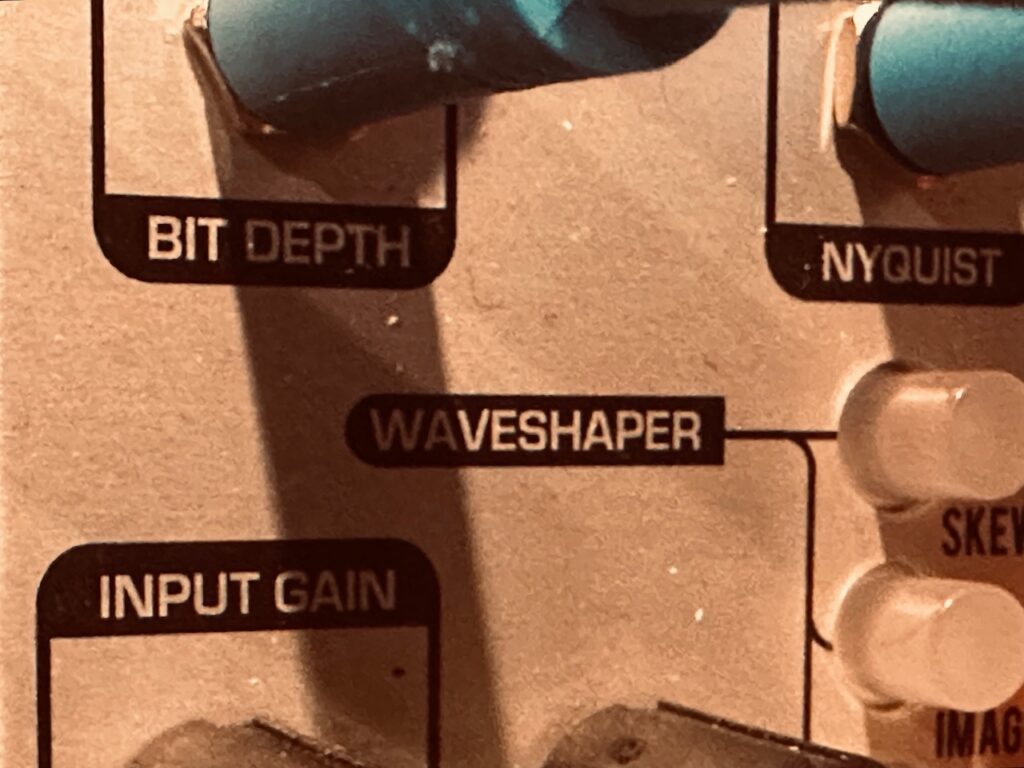
I also decided to have a second crack at the Cutlasses Gloop. Last night was loads of fun, even if the recording wasn’t perfect. What an excellent little instrument. I need to practice looping, especially when trying to use four different loops simultaneously. Looping slower or more sparse material is much easier. It’s definitely a performative skill I haven’t used much of in the past, and my meager skills show. There’s some unintended jumpiness as I tried to shorten and move the individual loops within the large loop. Though far more gracefully than yesterday’s debacle, the transition between the source and the looped recording was a little rough around the edges. I also made a boneheaded mistake with this track: I never put a reverb send on it in AUM (😬), so the only tails it had were the delays tails, which rode the edge of self-oscillation throughout the Gloop section due to giving slightly too much juice to the input level on Malgorithm. It’s better than nothing, but would have been better with reverb and not low-riding oscillation. This was not intentional. I likely mistook it for reverb, though I did know something wasn’t right.
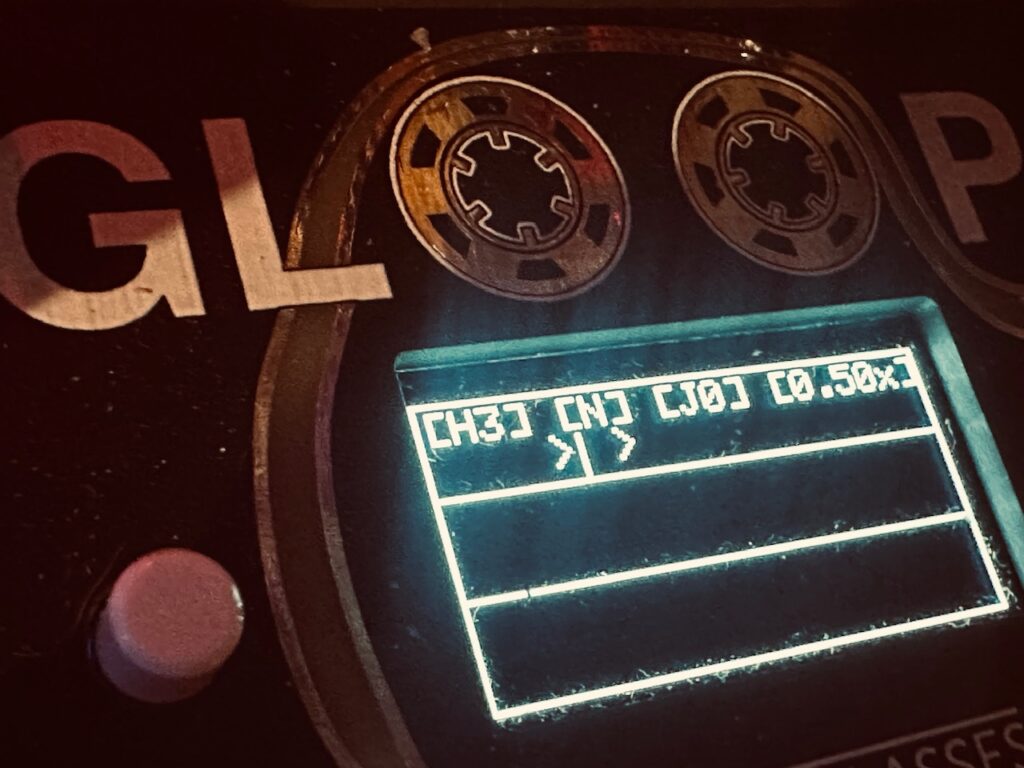
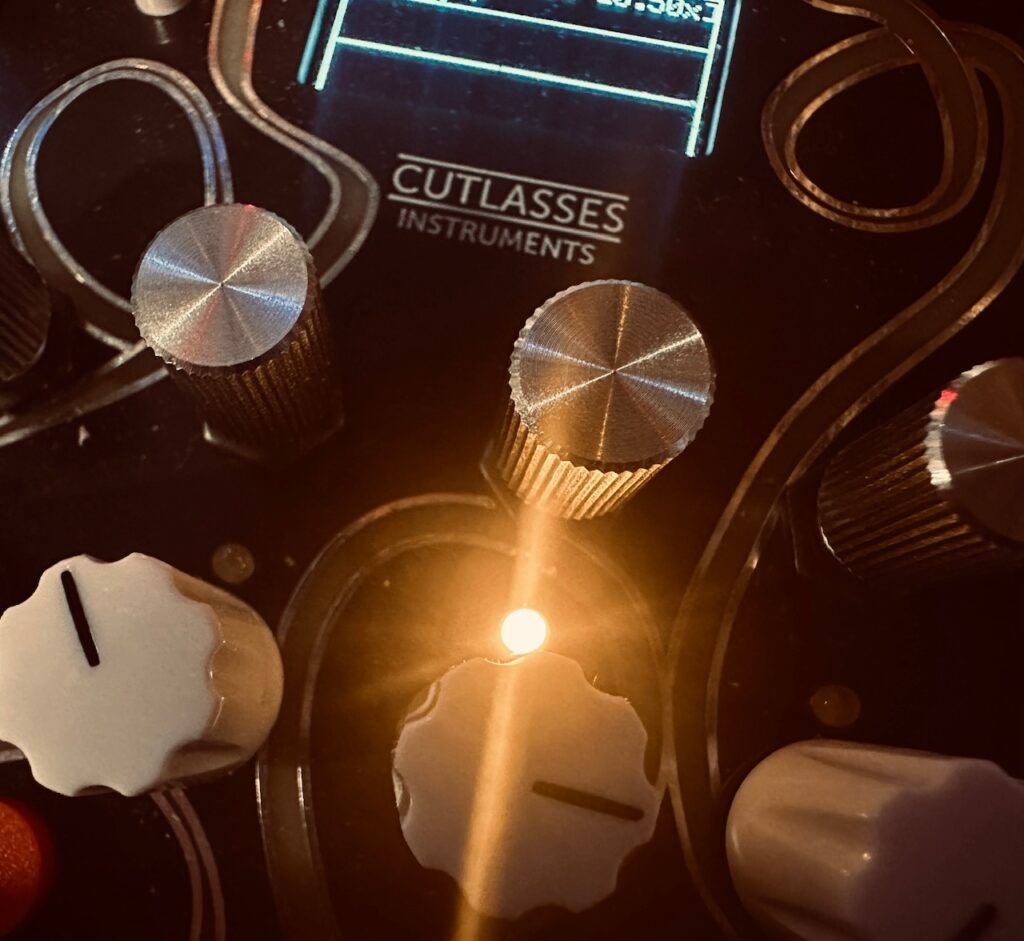
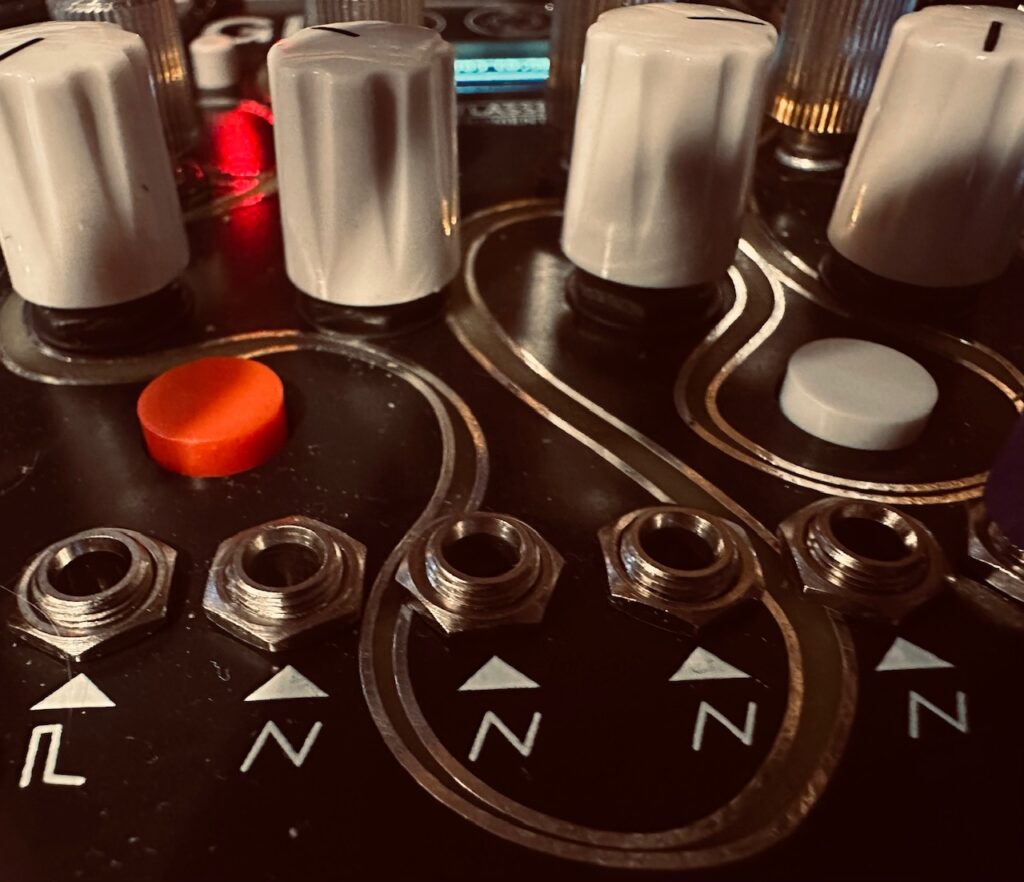
The Shaped Dual EnvVCA and Dual EnvVCA performed all modulation in this patch. All of their outputs were modulating something. The Spread and Transpose on SWN, the Latitude, Longitude, and Depth on the SWN to navigate the wavetable sphere, as well as the Shape of two of the LFOs.
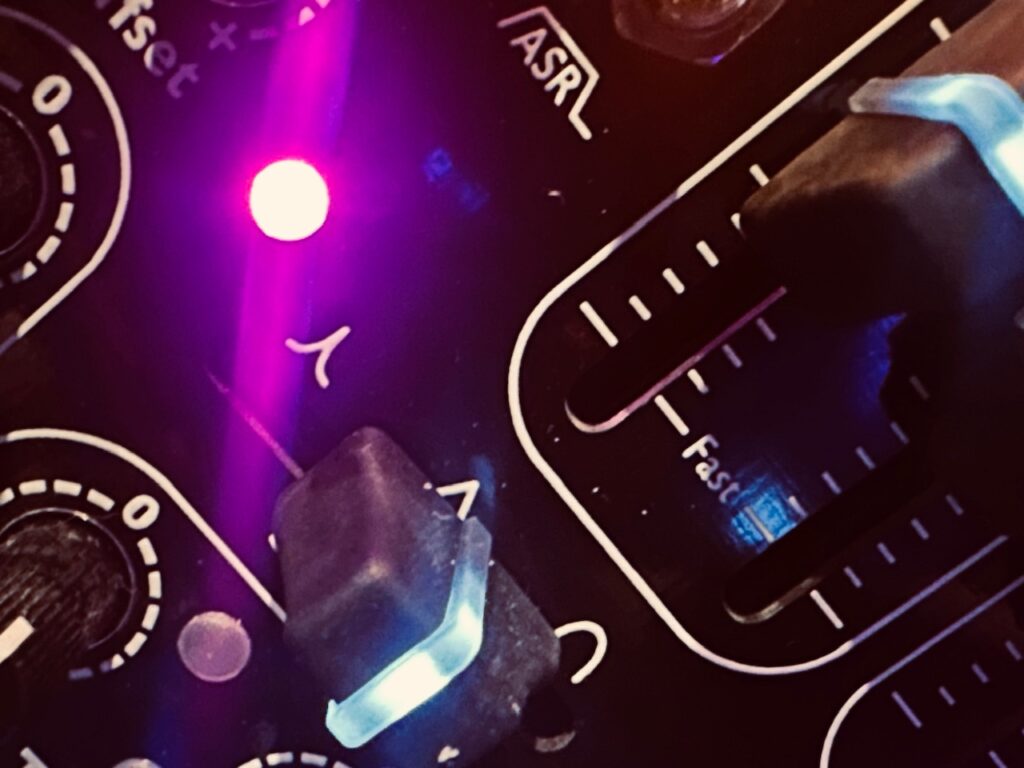
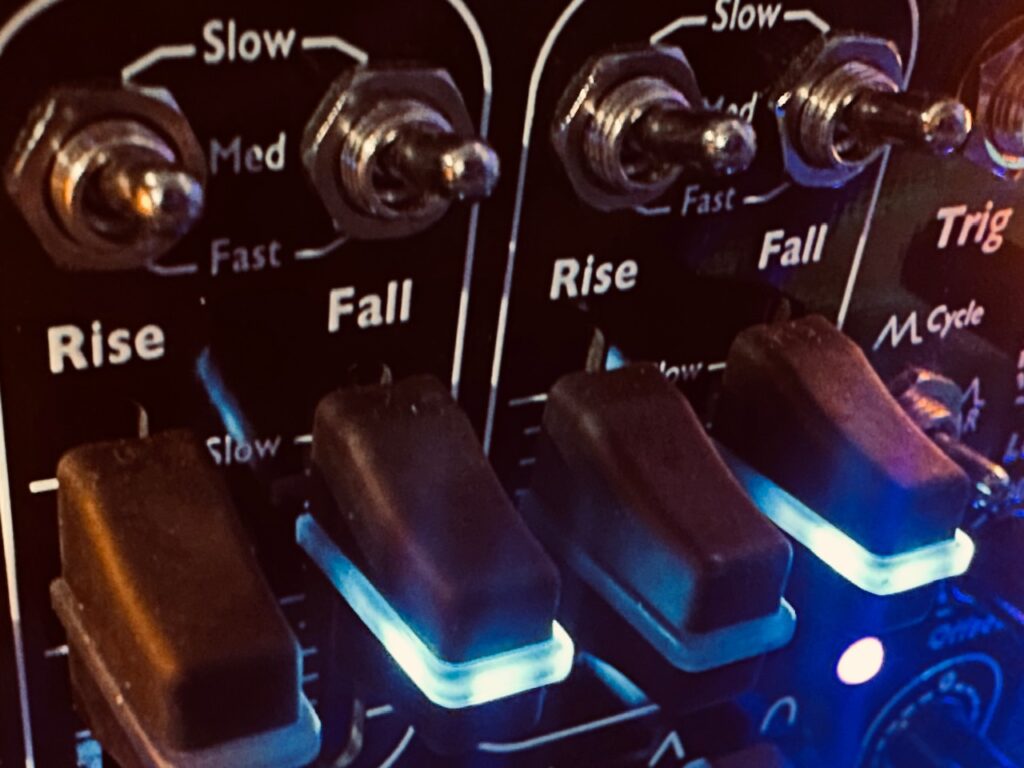
Modules Used:
4ms Spherical Wavetable Navigator
4ms Dual EnvVCA
4ms Shaped Dual EnvVCA
4ms Dual Looping Delay
Industrial Music Electronics Malgorithm Mk2
Cutlasses Gloop
AI Synthesis 018 Stereo Matrix Mixer
Intellijel Amps
ST Modular SVCA
Knob Farm Ferry
Outboard Gear Used:
Walrus Audio Slöer
Improvised and recorded in one take on iPad in AUM via the Expert Sleepers ES-9.
